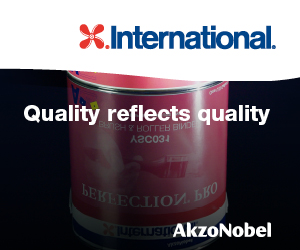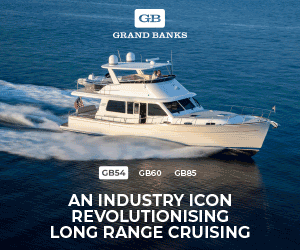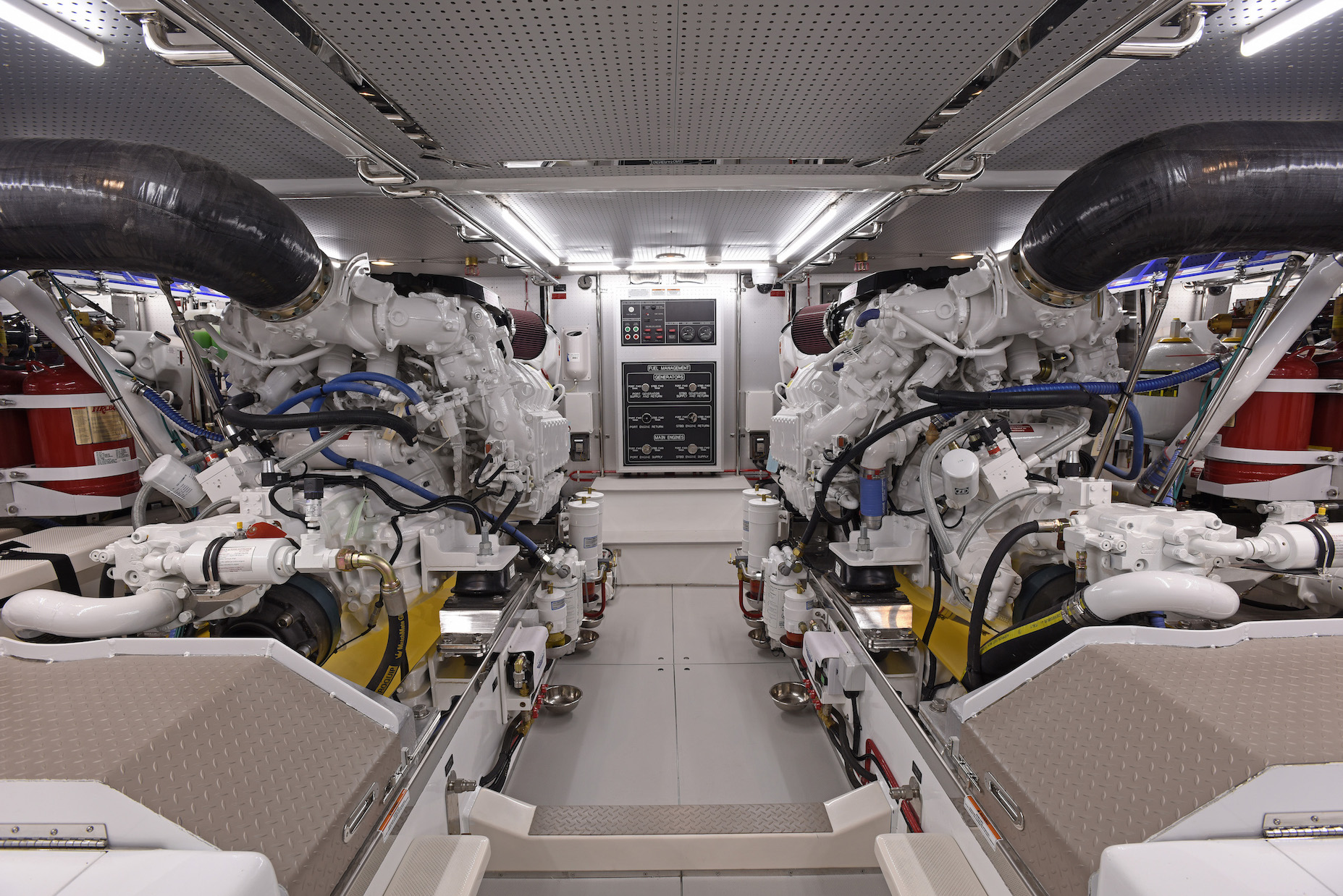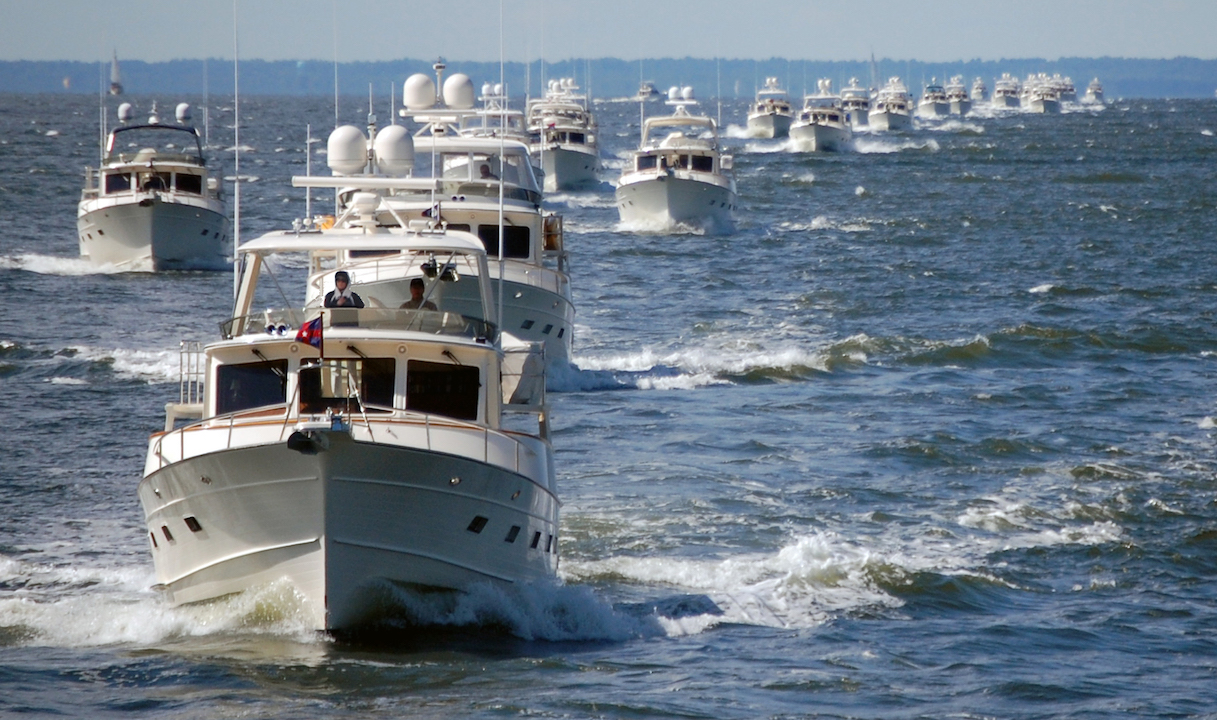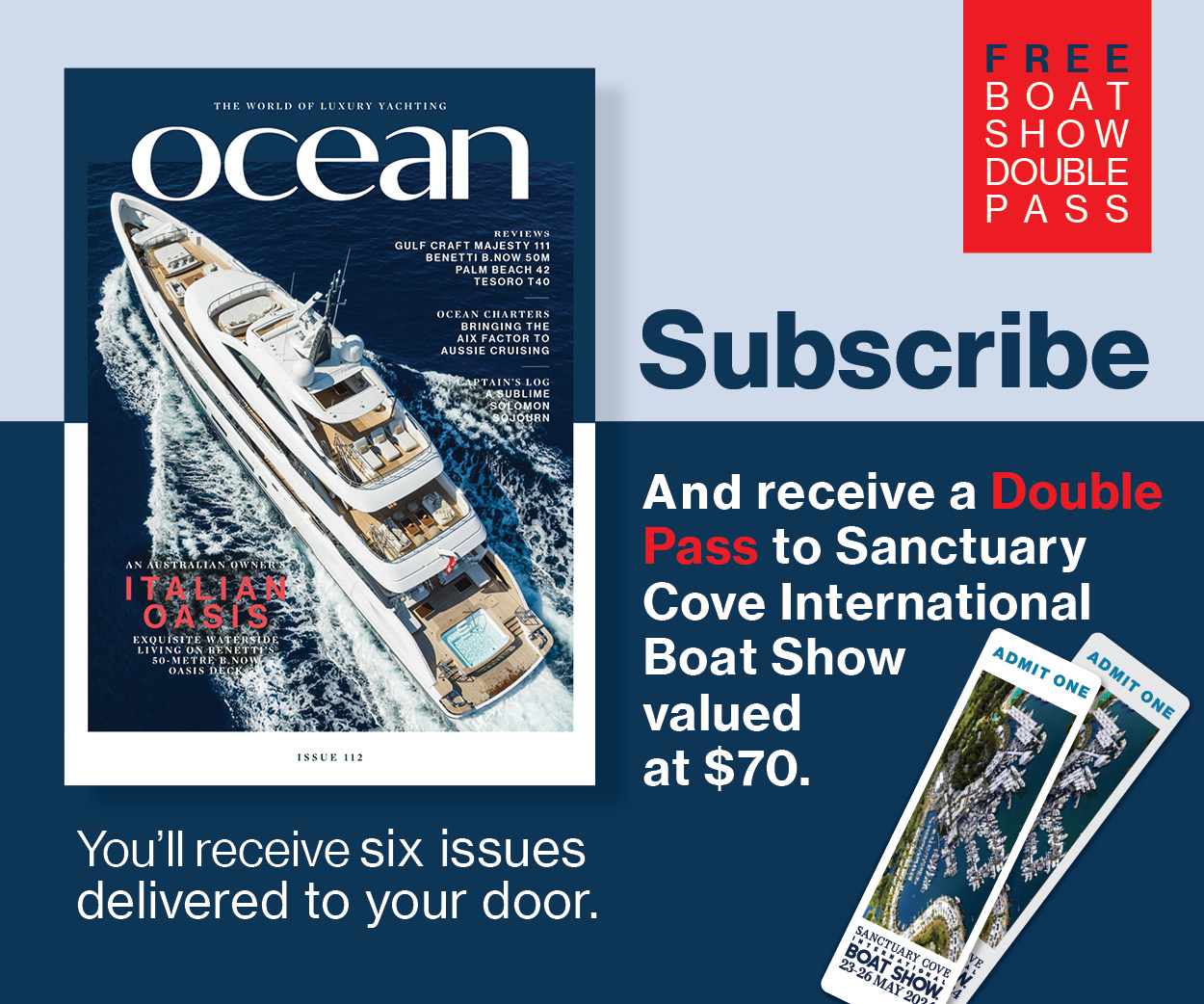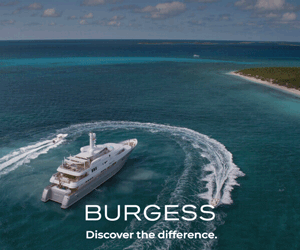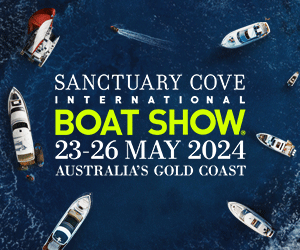Tried and tested
Ocean chats with Adrian 'Adi' Shard, the man in charge of engineering and design at Fleming Yachts.
30 July 2018
Adrian Shard, known as “Adi”, is in charge of engineering and design at Fleming yachts. Based in Tung Hwa, Adi has been in the business for 20 years and is charged with ensuring that each yacht is built to the rigid specifications of his uncle, Tony Fleming.
Here, Adi shares some insight into the pleasant blend of high-tech and heritage embodied by Fleming Yachts.
What is your background/pathway to your current role?
I was born in 1975 in London, the youngest of five. Father was a Lieutenant (Navigator) in the British Navy and later ran the family business, a cabinet makers, producing and restoring authentic period furniture. He was also keen sailor and built his own catamarans which he raced as a hobby.
I grew up and went to school in the historic port town of Bideford, Devon on the south west coast of England. From there I moved to Bristol where I studied Mechanical Engineering at Bristol University.
During my course at Bristol I was accepted into a bursary scheme with the Ministry of Defence (MoD)which involved a year’s placement at Rosyth dockyard on the Firth of Forth near Edinburgh.
This dockyard was primarily involved in the production and refitting of Naval ships and nuclear submarines. My time there was divided into 6 weeks in every department from the machine shop, to planning, design, quality control, testing, health and safety and contracts. It was a hugely valuable insight and overview of how an organisation works and taught me how vital the flow of information and communication is between departments.
During my final year at Uni, my thesis was to determine the effects of a spinning propeller shaft on propeller performance. This involved building a test rig in a test tank and using dye to monitor flow and turbulence. After my final year, the plan was to go on to work for the MoD, but I got a more enticing offer, to work for Tony Fleming.
Tony is my Mother’s elder brother. So when I got a letter from Uncle Tony in the summer of 1998 asking me to come and work for him building boats in Taiwan and California, I couldn’t resist!
I began my education in boat building with Tony explaining the whys and wherefores of every single item on the extensive Fleming 55 quality checklist! At that time, we were only building the 55, but the much larger Fleming 72 was in development. Tony threw me in at the deep end and said ’you’re in charge of systems’. It was a pretty steep learning curve but I had a pretty good teacher: someone who at that time already had over 40 years of experience building all types of boats, was there from the beginning of fibreglass construction and building wooden hulled boats long before that. There was a lot of knowledge to soak up and it keeps coming!
Since I started with Fleming 20 years ago, 99 percent of my time has been at the yard in Taiwan, either on the boats or at the drawing board. All design work is basically covered in house by me and business partner, Duncan Cowie. Duncan handles all the electrical systems and I cover the structural, mechanical systems, installations and layouts. After testing at the yard by our QC team, we both personally sea trial and live on board every boat in Taiwan before shipment.
Every Fleming yacht is semi-custom and we find it very rewarding to produce something bespoke to the customer’s requirements. It’s a real privilege to build somebody’s dream.
Fleming is known worldwide for its classic profile and traditional design. What are the hallmarks of Fleming design and engineering?
There are many, here’s a list of features that come to mind:
- A serious cruising yacht made to take you wherever you want to go safely, reliably and in the highest comfort
- Ease of use, comfort, refinement, peace of mind
- Nothing can ever be form or function only, but must be the right blend of both
- Highest possible quality materials and components used and built to last a lifetime
- Low profile design for stability and ease of access
- Classic timeless style will never go out of fashion
- Redundancy – every component has a backup as standard
- To be the smoothest quietest boat on the market
- Ease of use – a couple can easily manage the boat everything is designed with ease of use in mind
- Semi-displacement hull, can go far very fuel efficiently and also fast when necessary
- Dedicated pilothouse. Our philosophy is about serious cruising so having a dedicated pilothouse with a full beam bridge means that there is plenty of space for really serious nav equipment and also a separate area for the helmsman (or woman) to concentrate fully when passagemaking.
This is essential on an overnight passage for instance. One can close the door to the pilothouse, turn off the lights, but down in the saloon the rest of the family can still be partying or watching a movie.
- State of the art systems constantly evolving to offer more to the user
- ISO 9001 &140001 company, NMMA certified to ABYC standards, CE approved
Why do these attributes remain perennially popular?
Because this is about what people need, not just about what they want. They might want something in the short term but in the long term, it’s about what you need, what’s practical, what makes your life more comfortable and worry free.
Over the past decade, in what ways has the Fleming motor yacht evolved?
I’m glad you used the word ‘evolved’ because that is how we see it too. Starting with the exterior, it would appear that not much has changed however almost all materials and processes used in the construction have. If we have found a better-quality product or better build construction method we have implemented it. Most of the evolution though goes on under the surface, upgrading components and refining systems – making the boat more comfortable and improving ease of use.
The single biggest step would be the integration of our bespoke monitoring and control system. It is now possible to monitor and control all facets of the boats systems from multiple touchscreen displays and remotely via an iPad. The system will alert you remotely of any warnings or alarms via SMS and the iPad App. It also constantly logs data for all system parameters so that at any time you can look back through and analyse historical data for each system, including the engines, which is hugely beneficial for example when troubleshooting a problem. We try hard to ensure that all the systems on the boat always incorporate the most up to date technology – classic but cutting edge.
What new models and innovations are the in the pipeline?
We are not currently planning on introducing any new models in the near future. We feel we have a good coverage with our current range of 55, 58, 65 and 78. More importantly, we are not here to try and build as many boats as we can. We are here to try and build the best boats we can. Spreading your resources too thinly or pushing high volume doesn’t marry with that objective. We prefer to stay focused on what we do best and then do it better.
When can we expect to see these in Australia?
We do have a new Fleming 65 on order that will be in Australia next year. It’s been a little while since the last new F65 in Oz so as I alluded to earlier, it will be a very different boat from a technical point of view.
Aside from your yachts, what sets Fleming apart?
Service. Over the last 30 plus years we have developed the most experienced, knowledgeable and truly dedicated support network of dealers and service centres in the industry to supply exceptional after sales support and service, for the long haul. We take this as seriously as the boat building and are very proud to have good personal relationships with our customers and to have a great many of them be repeat Fleming owners.


